You all know I have a long history with motorcycles, of which I have owned quite a few over the years. This post is about my latest one, the Royal Enfield Meteor 350. I didn’t really like the last motorcycle I had or the one before it so I was hesitant to buy another one. But I hated waiting for Grab Bikes and ashamed of riding bitch. So I decided to buy one.
I did have my eyes set on this one, but after a test ride, I didn’t find its riding stance suitable for long highway rides. Coming from a long history with the RE Thunderbird, the natural progression would have been to buy an RE Meteor 350, but at first, I didn’t like the Meteor 350 I saw on Royal Enfield’s website (I found it too modern, especially the allow wheels and the powered coated engine) and I found the Super Meteor 650 too busy, so initially decided to buy the Classic 350.
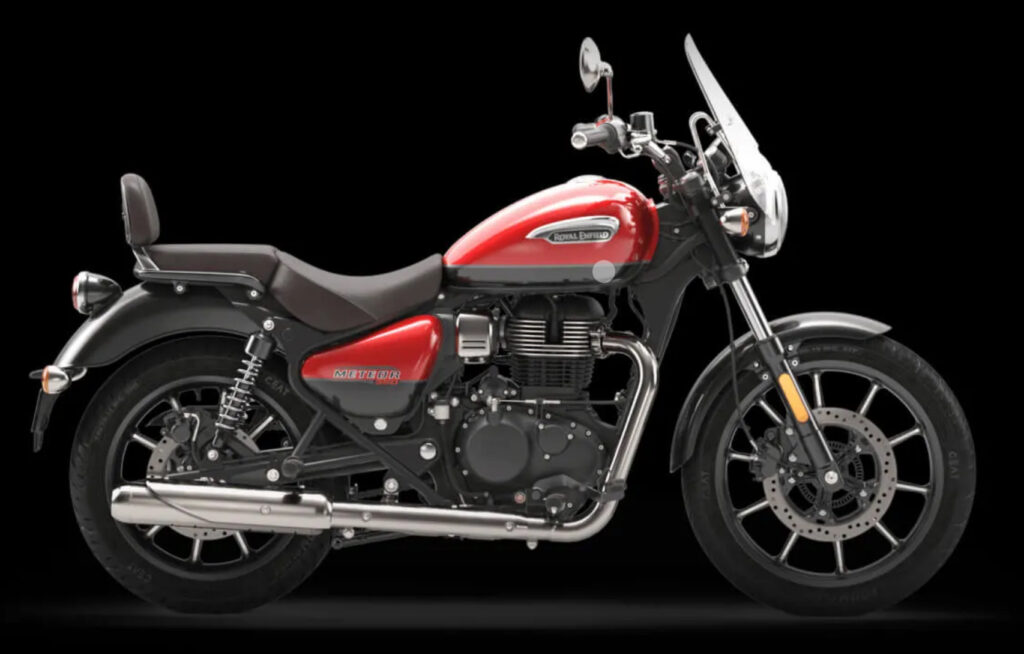
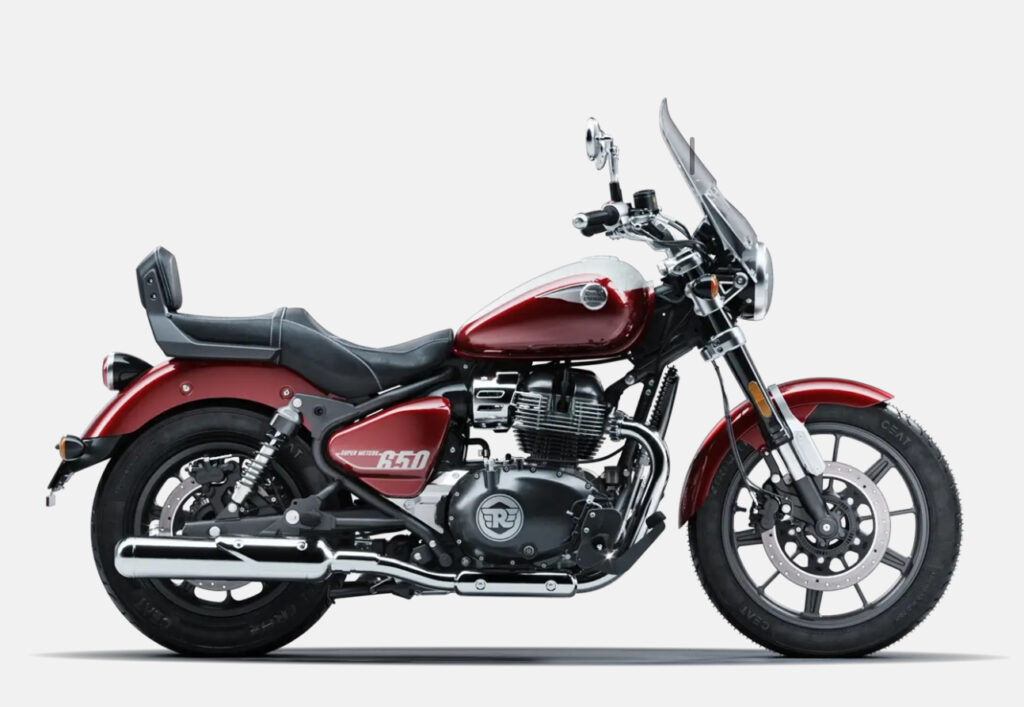
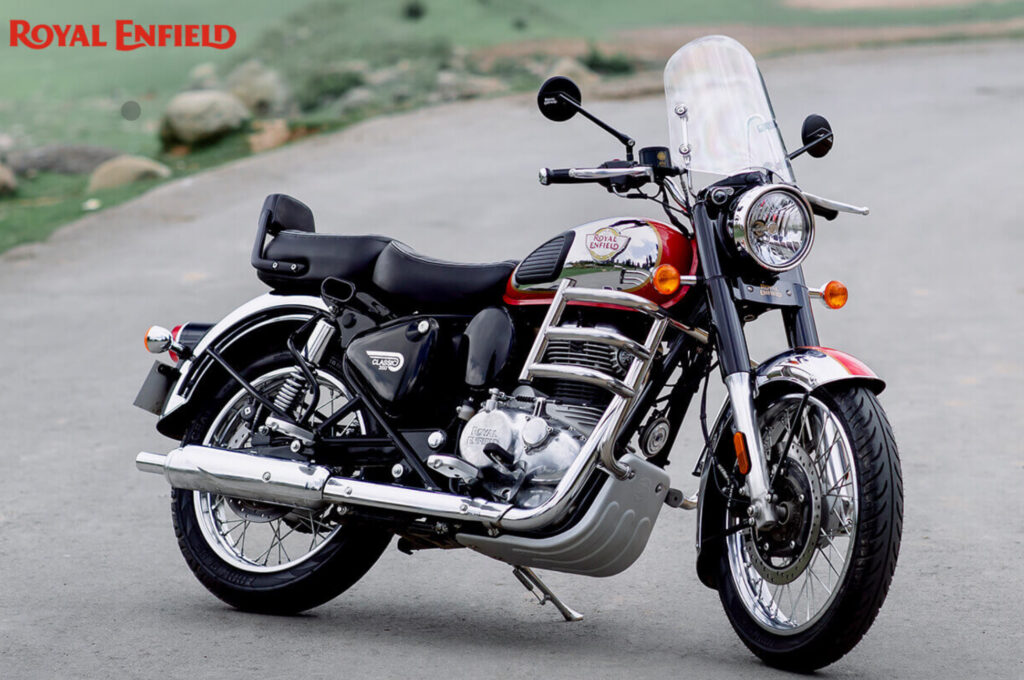
However, when I went to the showroom, I saw the new Aurora Blue variant of the Meteor 350 and fell in love immediately and decided to buy that one.
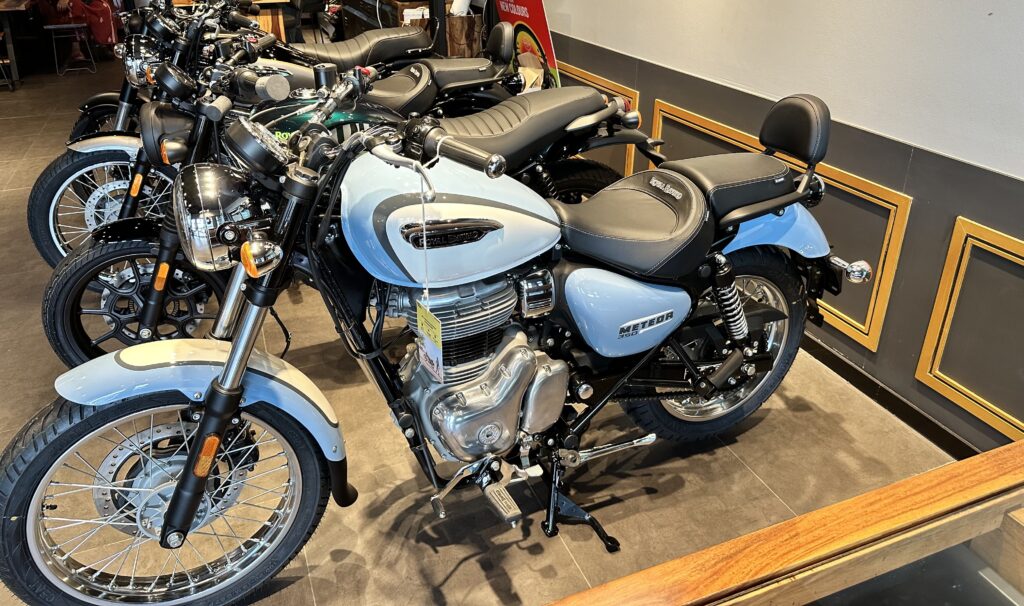
Anyways, these are my views after 10 days/200km, specifically, comparing it to my previous motorcycles.
The Good
- The engine is so refined, I can hardly believe it is a Royal Enfield engine. There’re hardly any vibrations and absolutely no clanking. I am so glad they removed the pushrods and replaced them with a chain and overhead cam system. Even with a reduced stroke, the bike pulls quite well at low RPMs.
- There’s still the trademark thumping. I was pleasantly surprised to see that the exhaust actually sounds good/better than the completely muted Thunderbird Twinspark. The exhaust-to-engine noise ratio is vastly improved. When cruising at constant speed, you can hardly hear the engine, only the soft, bass-rich exhaust.
- I really like the dual-tone design, the chrome parts and the overall retro look compared to the regular Meteor 350. I love the spoke wheels, although that does mean giving up on having tubeless tyres.
- The new rider seat is quite comfortable with a subtle but useful back-rest.
- The LED headlamp is quite nice and illuminating at night.
- The Tripper is useful, but a bit limited. I will dedicate a separate section for the Tripper.
- Overall switchgear feels refined and comfortable to use.
- The USB port for charging is very useful.
- I didn’t like how the windshield looks, but I found it immensely helpful at moderate-high speeds. Allows me to keep my helmet visor open.
The Neutral
- I am not entirely sure I prefer the new digital cluster as compared to analog dials. I don’t really like or hate it.
- I don’t care for the ECO indicator or the gear indicator.
- Because of the refinement, the engine feels the same every time I ride, which is different from the carburettor Thunderbirds I was used to, which felt different based on temperature, humidity etc.
- This is my first motorcycle with a rear disc brake. The Dual-channel ABS is nice to have. The brakes do feel a bit mushy compared to what I am used to, though.
The Bad
- I really-really miss the tachometer. I won’t forgive Royal Enfield for removing it.
- They removed the kick starter to simplify the engine design. This means if the battery dies, you are screwed.
- The engine does get hot during start-stop traffic in the city and could have benefitted from liquid cooling. However, unlike the carburettor motorcycles, it does not cause the Idle RPM to runaway or cause knocking during acceleration, thanks to the ECU.
- The fuel level indication is wonky.
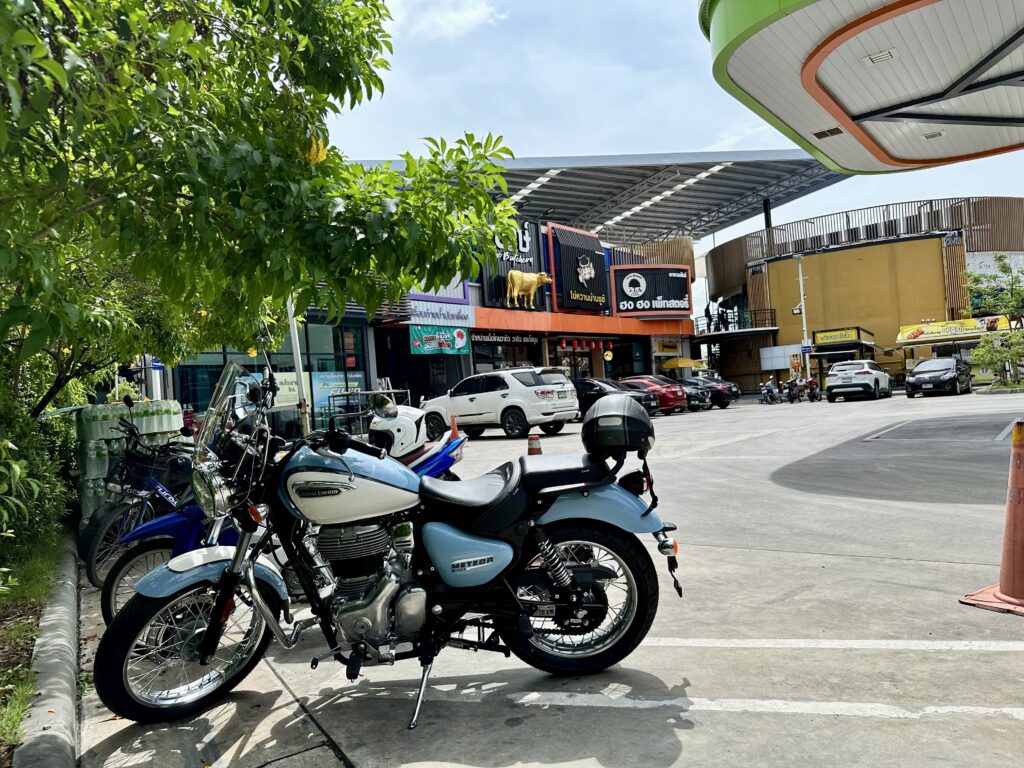
The Tripper
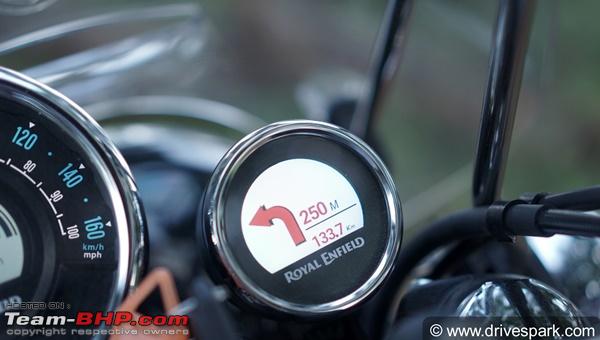
The Tripper is a pseudo-navigation system developed by Royal Enfield. Here are my thoughts on it:
- The tripper connects to the Royal Enfield app on your phone and receives instructions from your phone, hence is dependant on it. However, unlike doing navigation directly on the phone, using the tripper uses much less battery on the phone itself (I measured 6-7% drain per hour on my phone, all inclusive).
- It uses Google maps data, so navigation is quite accurate. Supports live re-routing and previewing multiple routes before starting the trip. Has the regular Google Maps options to exclude things like tolls, ferries, highways etc.
- At first, I struggled to understand tripper’s instructions and found myself stopping and reaching for my phone. However, once you make an effort to understand the symbols, it feels quite useful. I am now forcing myself not to look at my phone.
- This has also increased my directional awareness of and I find myself paying more attention to the road and signs instead of my phone.
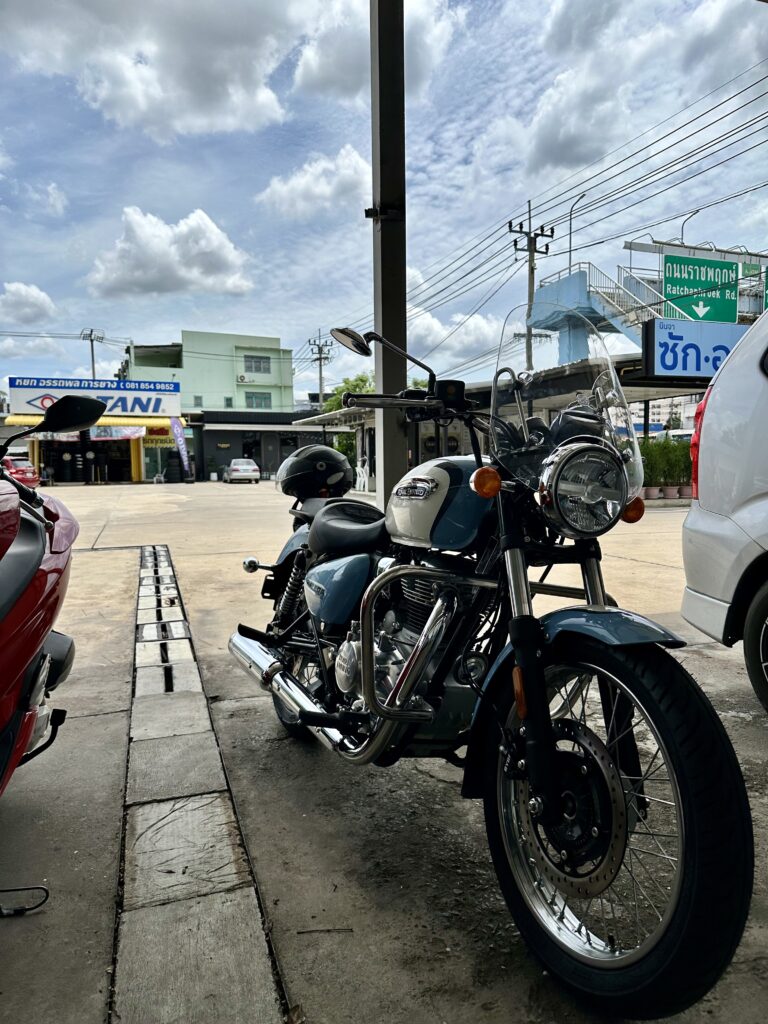
Technical comparison with Previous Motorcycles
Here’s a comparison of specifications of different motorcycles I have had over the years (All single cylinder):
| Specification | RE Thunderbird | RE Thunderbird TS | Stallions CT400 | RE Meteor 350 |
|---|---|---|---|---|
| Displacement | 346cc | 346cc | 397cc | 349cc |
| BorexStroke | 70x90mm | 70x90mm | 85x70mm | 75×85.8mm |
| Max Power | 18bhp 5500rpm | 19.8bhp 5250rpm | 29bhp 7000rpm | 20.2bhp 6100rpm |
| Max Torque | 26.97Nm 3500rpm | 28Nm 4000rpm | 30Nm 5500rpm | 27Nm 4000rpm |
| Compression Ratio | 8.5:1 | 8.5:1 | 8.8:1 | 9.5:1 |
| Engine Name | AVL | UCE | — | J series |
| Wheelbase | 1370mm | 1370mm | 1410mm | 1400mm |
| Kerb Weight | 175kg | 175kg | 160kg | 191kg |
| Fuel Tank | 14.3l | 14.3l | 13l | 15l |
| Fuel injection | Carburettor | Carburettor | EFI | EFI |
| Valve Operation | Pushrods | Self-adjusting Pushrods | DOHC | SOHC |
Looking forward to many long rides!
Discover more from An Insight into my Hindside
Subscribe to get the latest posts sent to your email.
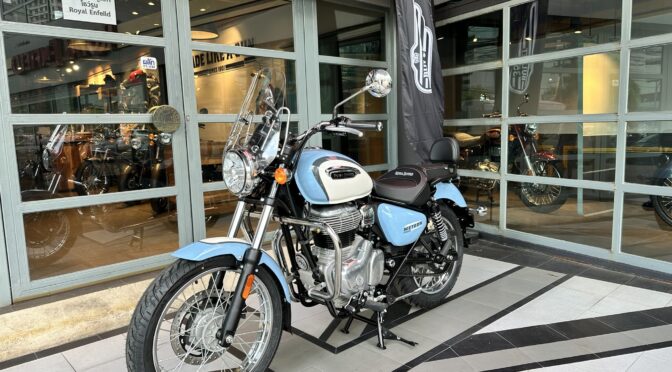
What??!! No tacho? How does the run-in mentioned in the manual work then? People touch engine to feel rpm? Should have done away with speedo too, no? Feel the wind and estimate the speed.
Yes I don’t understand why they did it. The run in in the manual is based on top speed in each gear, not RPM
No kick-start has been common for a lot of bikes now. Simple solution is to change battery at the first sign of wooziness. And strictly no charging an old battery. Typical life would be 3 years.
Strangely whenever I have had a battery death, there have been 0 warnings prior. One day working fine next day completely dead.
There are ways now to convert tube spokes to tubeless. Do explore. On a highway, you’ll be dead if you get a puncture.
I will check that out.
Yep, I have a recovery company’s number on my speed dial.
Agree on the Eco and gear indicators. As useless as an appendix. Don’t know why makers still put on them bigger bikes. Makes sense only on scooters. Even my Ninja has it. The speed the Eco light turns off, you ask? A measly 130kmph 😕. Gear indicator at least lights up when reaching higher rpms so you know you’re approaching redline. But I don’t even remember when I last looked at it.
Is for n00bs
I know you’re a relatively sedate rider. But once run in is done, I’d be very interested in knowing how the vibrations transform at higher speeds, say over 80-90kmph. Agree on the refinement part. You can even feel that when this bike is just idling standing next to you in parking or on a traffic signal. No harshness.
Yes. Eager to get the running in out of the way soon.
RE should do a case study. How you have managed to essentially ride the same bike over 2 decades astonishes me. It’s like every time I buy a new TV, it will be no bigger than 50in. Upgrade on tech, but let’s conform to the size.
If I look at my own journey, which you know of, in terms of bhp it’s been 10-12-26-68. And hopefully more in future.
I’m pretty sure you’ll keep this bike forever. Even if/when you decide to move, you will consider porting it. Salud!
Ha ha true. The total power gain in 20 years is 2 bhp ha ha. The main thing I like is the slow engine. 90 kmph is 3000 RPM in fifth gear, which is an overdrive 0.85